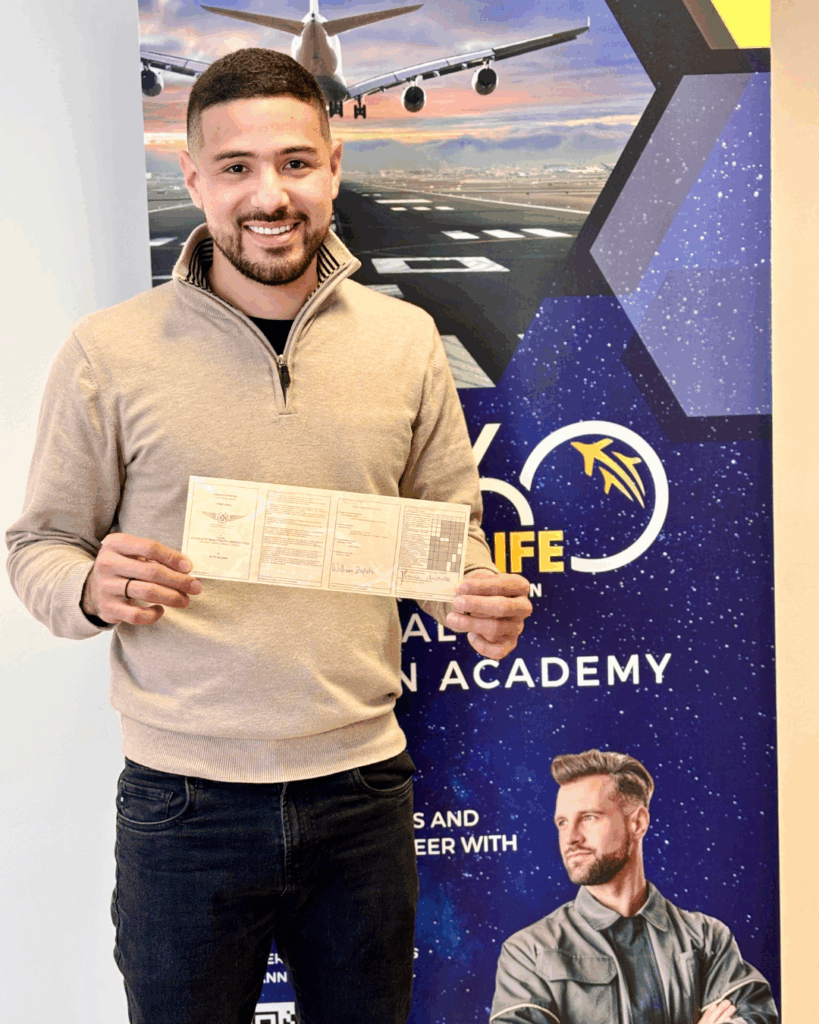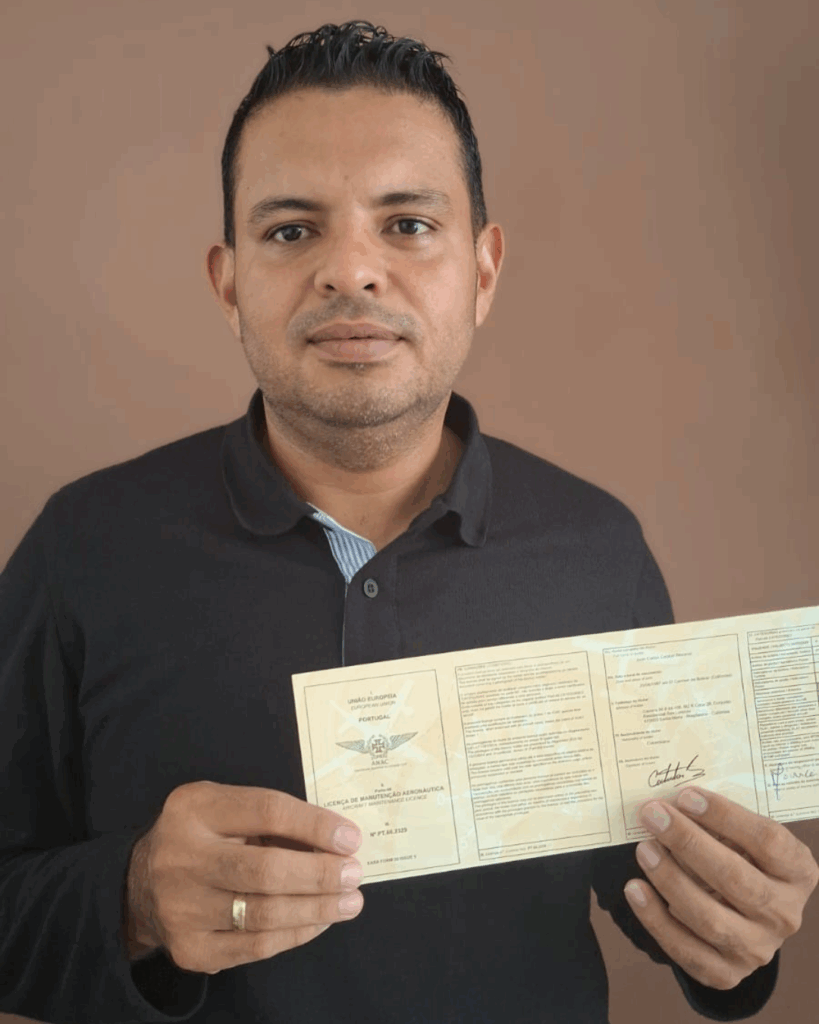- Flat 2, "Merill Court "Fuxa Street 1308 San Ġwann, Malta
You are one step away from launching your career in aviation!
Complete this form to begin your training process in aircraft maintenance and gain access to the official exams.
Mode:
Online
Duration:
At your own pace
License:
EASA
Access to:
Training and Exams
Step-by-step enrollment process
1
Fill in all fields with your personal information
2
Receive a summary email with the details of your application
3
We will contact you within 3 business days to confirm your admission
4
Once your spot is confirmed, you will be able to complete the enrollment and make the payment
Check the syllabus according to the subcategory of your interest
General Modules
Module 1: Mathematics
- Develop a solid foundation in mathematics relevant to aircraft maintenance.
- Gain competence in arithmetic, algebra, geometry, and trigonometry.
- Apply mathematical principles to solve maintenance-related calculations and problems.
Module 2: Physics (Level B1 and B2)
- Understand the fundamental principles of physics as applied to aviation.
- Learn mechanics, thermodynamics, optics, and electricity in the context of aircraft systems
- Apply physics concepts to analyze and solve aircraft maintenance issues.
Module 3: Electrical Fundamentals
- Explore the principles of electricity and electrical circuits.
- Learn about electrical components, wiring systems, and safety practices.
- Develop skills to diagnose and repair electrical faults in aircraft systems.
Module 4: Fundamentals of Electronics – Level B1 and B2
- Gain a comprehensive understanding of electronic components and circuits.
- Study topics such as diodes, transistors, amplifiers, and digital logic gates.
- Learn to troubleshoot and repair electronic systems in aircraft.
Módulo 5: Técnicas digitales/Sistemas de instrumentos electrónicos Nivel B1 y B2
- Understand digital techniques and electronic instrument systems used in aviation..
- Learn about aircraft instrumentation, data buses, and communication protocols.
- Acquire practical skills in maintaining and calibrating electronic instrument systems.
Module 6: Materials, Equipment and Tools – Level B1 and B2
- Get familiar with aircraft materials, fasteners, and fittings.
- Learn about various equipment and tools used in aircraft maintenance.
- Understand proper handling, storage, and maintenance of materials and tools.
Module 7: Maintenance Practices – Level B1 and B2
- Explore aircraft maintenance practices, procedures, and documentation.
- Study regulations and requirements related to aircraft maintenance.
- Gain practical knowledge to perform maintenance tasks and ensure airworthiness.
Module 8: Basic Aerodynamics
- Learn the principles of aerodynamics and their application in aviation.
- Understand airflow behavior around aircraft surfaces and components.
- Gain insight into lift, drag, stability, and aircraft control.
Module 9A: Human Factors
- Explore human factors influencing aircraft maintenance and safety.
- Understand the impact of human performance, limitations, and errors.
- Learn strategies to improve human performance and promote a safety culture.
Module 10: Aviation Legislation
- Study national and international aviation regulations.
- Gain knowledge of EASA regulations and other relevant legal frameworks.
Specific Modules – Subcategory B1.1
Module 11A: Aerodynamics, Structures and Systems
- Develop a thorough understanding of aerodynamics and its application to aircraft design and performance.
- Study aircraft structures, including materials, construction methods, and maintenance practices.
Module 15: Gas Turbine Engine
- Learn the principles of gas turbine engines and their components.
- Study engine operation, fuel systems, ignition systems, and engine performance monitoring.
- Acquire practical skills in troubleshooting and maintaining gas turbine engines.
- Gain knowledge of aircraft systems such as hydraulic, pneumatic, and environmental control systems.
Module 17: Propellers
- Understand the principles of operation and design of propellers.
- Study different types of propellers and their performance characteristics.
- Learn maintenance, installation, and troubleshooting techniques for propellers.
Specific Modules – Subcategory B1.3
Module 12: Helicopter Aerodynamics, Structures and Systems
- Understand the design, behavior, and operation of helicopter-specific systems, such as the main rotor, tail rotor, hydraulic systems, landing gear, and more.
Module 15: Gas Turbine Engine
- Learn the principles of gas turbine engines and their components.
- Study engine operation, fuel systems, ignition systems, and engine performance monitoring.
- Acquire practical skills in troubleshooting and maintaining gas turbine engines.
- Gain knowledge of aircraft systems such as hydraulic, pneumatic, and environmental control systems.
Specific Modules – Subcategory B2
Module 13: Aircraft Aerodynamics, Structures and Systems
- Understand the principles of operation and design of propellers.
- Study different types of propellers and their performance characteristics.
- Learn maintenance, installation, and troubleshooting techniques for propellers.
Module 14: Propulsion
- Learn about the various types of propulsion systems used in aircraft, including piston engines and jet engines.
- Study engine performance, fuel systems, engine control, and environmental impact.
- Gain knowledge of engine maintenance, troubleshooting, and safety procedures.
Every story begins with a decision.
Today, they already have their license in hand.
These are some of the students who trusted 360 Aviation Life to train and certify their future in the aviation sector.

William Zapata
B1.1 License – Exam in Bogotá and Barcelona
📍 Colombia

Juan Carlos Catalan
B1.1 License – Exam in Santa Marta
📍 Colombia
Our team supports you from enrollment all the way through to the submission and acquisition of your license.
Complete the form and get ready to certify with confidence.
Apply for your spot now and receive personalized guidance

